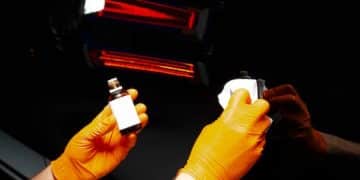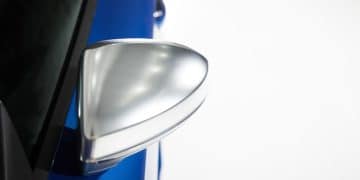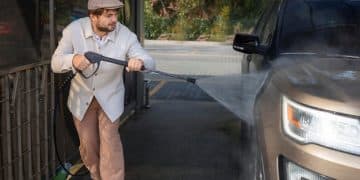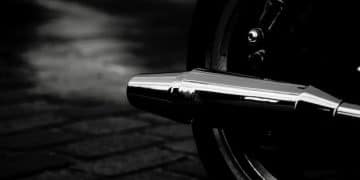Detailing Clay 101: Achieve a Glass-Smooth Finish
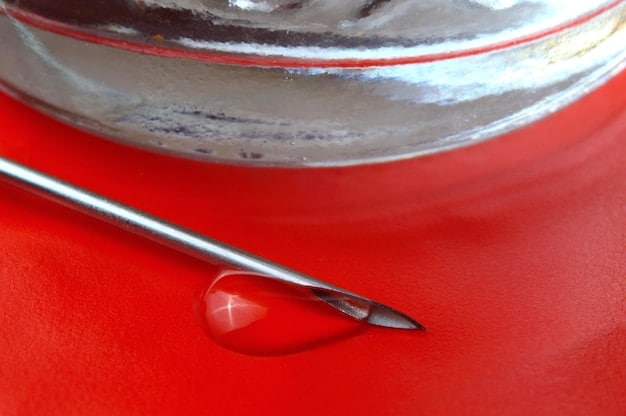
Detailing clay is an essential tool for removing embedded contaminants from your car’s paint, leaving a smooth surface ready for polishing and waxing, enhancing the overall appearance and protection of your vehicle.
Want to achieve that showroom shine for your car? **Detailing clay 101: How to safely remove contaminants and achieve a glass-smooth finish**, is your key to unlocking a flawless finish.
What is Detailing Clay and Why Use It?
Detailing clay is a specialized tool used to remove embedded contaminants from your car’s paint. Unlike regular washing, which only removes surface dirt, detailing clay pulls out particles that are bonded to the paint, such as brake dust, industrial fallout, and tree sap.
Using detailing clay is crucial for achieving a truly clean surface before polishing and waxing. By removing these contaminants, you ensure that your polishing pads don’t grind them into the paint, causing scratches. A smooth, contaminant-free surface also allows wax and sealants to bond properly, providing better protection and a longer-lasting shine.
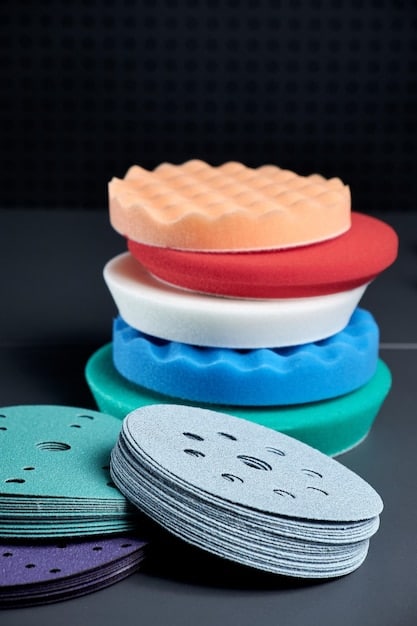
Types of Detailing Clay
Detailing clay comes in various grades, each suited for different levels of contamination and paint sensitivity. Understanding these types will help you choose the right clay for your car:
- Fine Grade: Ideal for well-maintained vehicles with minimal contamination. Safe for use on delicate paint finishes.
- Medium Grade: Suitable for cars with moderate contamination. A good balance between cleaning power and safety.
- Heavy Grade: Designed for heavily contaminated vehicles. Use with caution, as it can be more abrasive.
Choosing the right grade of detailing clay depends on the condition of your car’s paint. If you’re unsure, start with a fine grade and work your way up if needed. Always test in an inconspicuous area first.
Essential Tools and Materials
Before you start claying your car, gather all the necessary tools and materials. Having everything on hand will make the process smoother and more efficient.
Here’s a list of essential items:
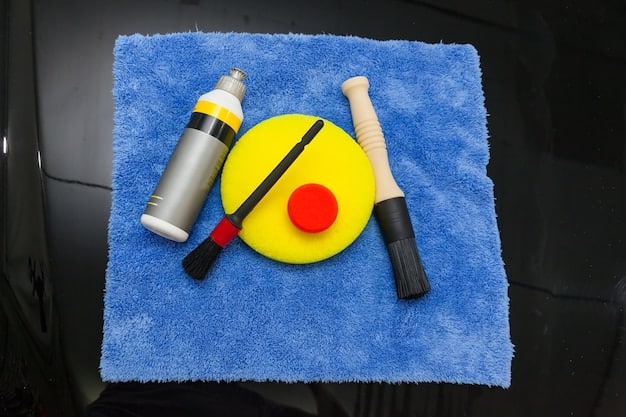
- Detailing Clay: Choose the appropriate grade based on your car’s condition.
- Clay Lubricant: This is crucial to prevent the clay from scratching your paint. Use a dedicated lubricant or a diluted car wash solution.
- Microfiber Towels: Soft, clean towels for wiping away residue.
- Two Buckets: One for washing, one for rinsing.
- Car Wash Soap: A pH-balanced soap to wash your car before claying.
Using the right tools and materials is just as important as the claying process itself. Invest in quality products to protect your car’s paint and achieve the best results.
Step-by-Step Guide to Claying Your Car
Claying your car is a straightforward process, but it requires attention to detail. Follow these steps to ensure a safe and effective claying experience:
Here’s how to do it right:
- Wash Your Car: Remove all surface dirt and grime before claying.
- Prepare the Clay: Knead the clay until it’s soft and pliable.
- Lubricate the Surface: Generously spray the area with clay lubricant.
- Clay the Surface: Gently glide the clay back and forth over the lubricated area.
- Wipe Away Residue: Use a clean microfiber towel to wipe away any lubricant residue.
Remember to inspect the clay frequently and fold it over to reveal a clean surface. If the clay becomes heavily contaminated, discard it and use a fresh piece. This prevents you from rubbing the contaminants back into the paint.
Tips for Safe and Effective Claying
To maximize the benefits of claying and avoid potential damage, keep these tips in mind:
Follow these pro tips for best results:
- Work in Small Sections: Focus on one area at a time for thorough cleaning.
- Use Plenty of Lubricant: Never clay a dry surface.
- Avoid Contamination: Keep your clay clean and free from debris.
- Don’t Clay in Direct Sunlight: This can cause the lubricant to dry too quickly.
- Test in an Inconspicuous Area: Before claying the entire car, test the clay on a small, hidden area to ensure it doesn’t scratch the paint.
By following these tips, you can ensure a safe and effective claying process that leaves your car’s paint smooth and ready for further detailing.
Troubleshooting Common Claying Issues
Even with careful preparation, you might encounter some issues during the claying process. Here are some common problems and how to solve them:
Here are fixes for common claying slip-ups:
- Clay Sticking to the Paint: This usually means you’re not using enough lubricant. Apply more lubricant and try again.
- Clay Leaving Residue: This can happen if the lubricant is drying too quickly. Work in smaller sections and keep the surface well-lubricated.
- Clay Scratching the Paint: This could be due to using a heavy-grade clay on a delicate finish, or the clay may be too contaminated. Switch to a finer grade and use a fresh piece of clay.
By addressing these issues promptly, you can avoid potential damage and achieve a flawless finish.
Maintaining Your Car’s Paint After Claying
Once you’ve clayed your car, it’s important to protect and maintain the newly cleaned surface. After claying, your car’s paint is especially vulnerable, making aftercare essential.
Here’s how to keep your car looking its best:
- Polish: If necessary, polish the paint to remove any swirl marks or light scratches.
- Wax or Seal: Apply a layer of wax or sealant to protect the paint and enhance its shine.
- Regular Washing: Wash your car regularly to prevent contaminants from bonding to the paint.
By following these steps, you can keep your car’s paint looking smooth and glossy for years to come.
| Key Point | Brief Description |
|---|---|
| ✨ Remove Contaminants | Detailing clay pulls out embedded particles like brake dust for a smooth finish. |
| 🛡️ Protect Paint | Claying ensures waxes and sealants bond properly, enhancing protection. |
| 🧼 Wash First | Always wash your car to remove surface dirt before claying. |
| 💧 Use Lubricant | Lubricate generously to prevent scratches during claying. |
Frequently Asked Questions
▼
Claying frequency depends on driving conditions. Typically, claying every 6-12 months is sufficient for most vehicles. If you notice a rough texture on your paint, it’s time to clay.
▼
Yes, detailing clay can be used on glass. It helps remove water spots and other contaminants, leaving your windows clear. Always use plenty of lubricant to prevent scratches.
▼
If you drop your detailing clay, discard it immediately. The clay can pick up abrasive particles that will scratch your paint if you continue using it. Always use a fresh piece.
▼
While you can reuse detailing clay, it’s important to fold and inspect it frequently. Once it becomes heavily contaminated or difficult to clean, discard it to avoid scratching your paint.
▼
Detailing clay is generally safe for most types of car paint, but it’s crucial to choose the appropriate grade. Fine-grade clay is best for delicate finishes, while heavier grades should be used with caution.
Conclusion
Mastering the art of using detailing clay is a game-changer for any car enthusiast. By following this **detailing clay 101: how to safely remove contaminants and achieve a glass-smooth finish**, you’ll have the knowledge to safely remove those stubborn contaminants and achieve a finish that turns heads.

